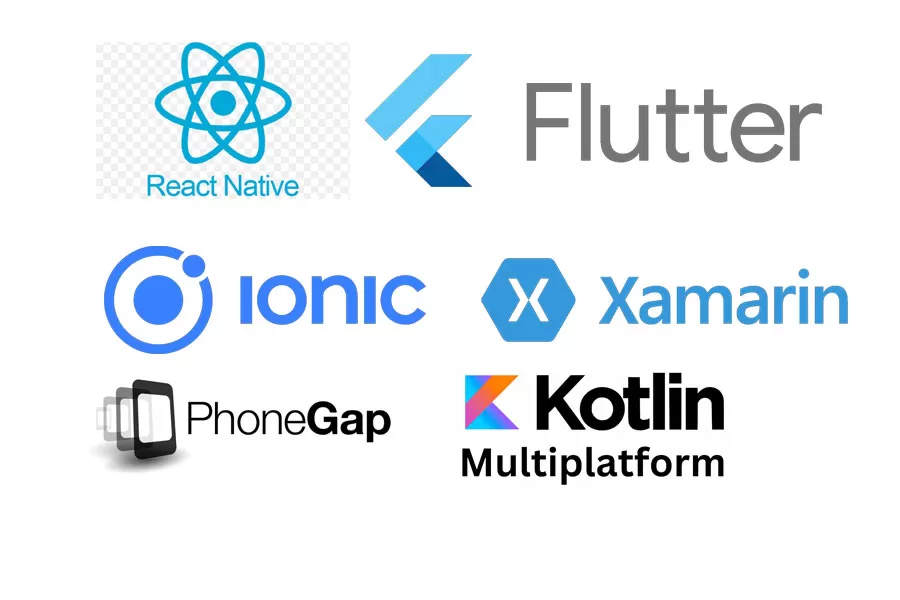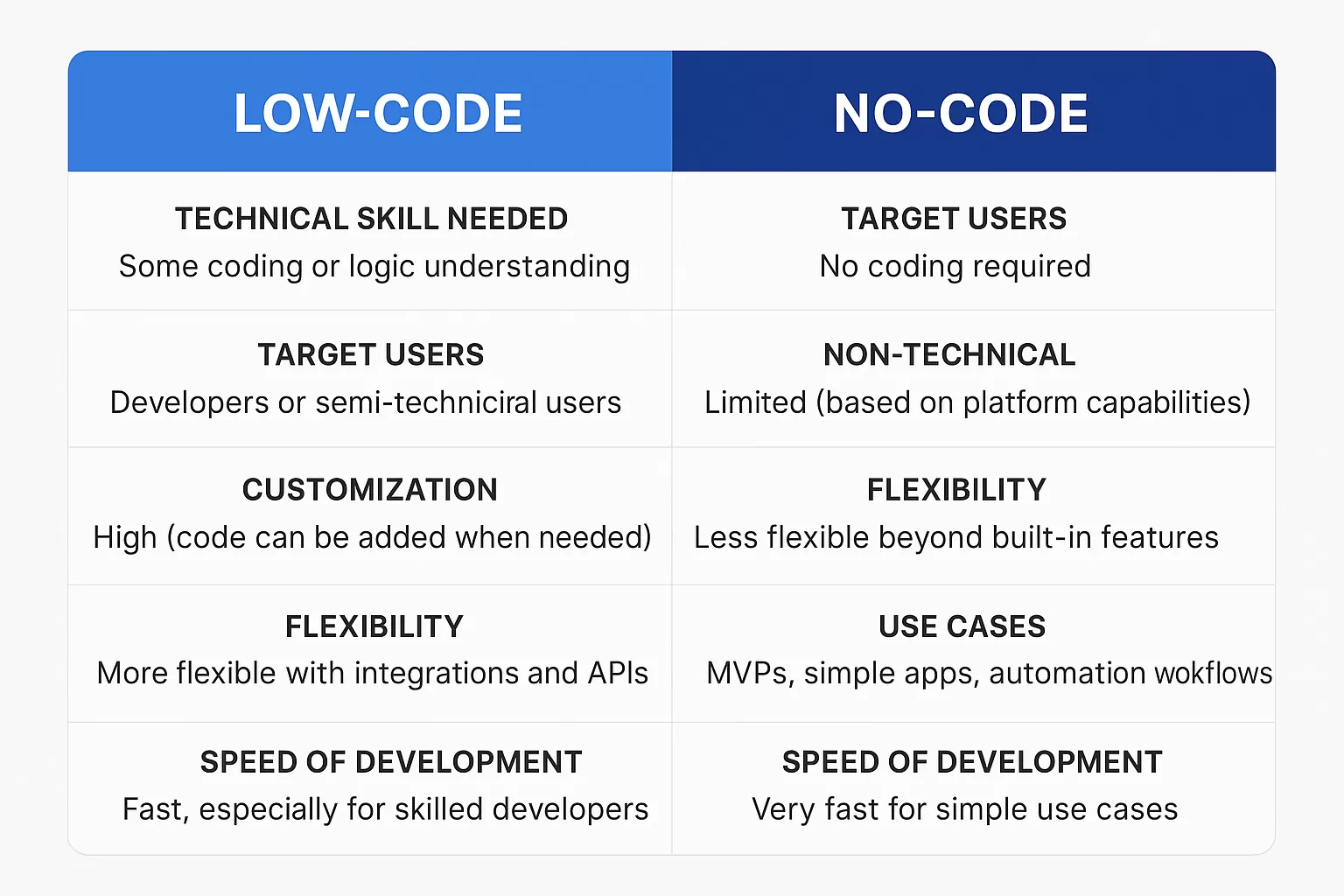
- Services .
- Industries .
- Company .
Explore detailed insights, expert opinions, and updates in our blog. Stay informed, discover new perspectives, and enhance your knowledge with every read.

In the world of Big Data and Artificial Intelligence (AI), the typical programming languages that come to mind are Python, R, Java, and C++. However, PHP, a language traditionally known for web development, is making waves in these fields, providing unique benefits and opportunities for developers and businesses looking to leverage big data and AI capabilities.
While PHP may not be the first language that comes to mind for complex AI and Big Data tasks, its flexibility, efficiency, and ecosystem are driving its adoption in these advanced fields. Here’s how PHP is transforming Big Data and AI development:
1. Integration with Big Data Tools and Frameworks
PHP, despite its history in web development, is becoming increasingly compatible with popular Big Data tools. By using specialized libraries and APIs, PHP can interact with Big Data platforms such as Hadoop, Spark, and Apache Kafka, enabling developers to process and analyze large datasets effectively.
PHP Big Data Integration:
By providing easy integration with these frameworks, PHP is creating an ecosystem where web developers can transition into Big Data applications with minimal learning curve.
2. Data Collection and Preprocessing for AI
One of the primary steps in AI and machine learning workflows is the collection and preprocessing of large datasets. PHP shines in this area, especially for web scraping, data extraction, and data manipulation tasks.
Data Collection Using PHP:
3. Machine Learning Libraries and Frameworks for PHP
Although PHP is not as widely used for AI development as languages like Python or R, the growing ecosystem of machine learning libraries for PHP is changing that. Developers can leverage these tools to implement machine learning models and make data-driven decisions.
Key Machine Learning Libraries in PHP:
4. AI-Driven Web and App Development
With the integration of machine learning and AI into web and mobile apps, PHP is positioning itself as an effective language for developing AI-driven applications. From recommendation engines to predictive analytics, PHP can handle backend logic while using AI to enhance the user experience.
AI in Web and App Development:
5. Real-Time Data Processing with AI
For industries such as finance, healthcare, and eCommerce, real-time data processing is crucial. PHP's ability to handle asynchronous operations, websockets, and event-driven architectures makes it a suitable choice for real-time AI applications.
Real-Time AI Applications:
6. Scalability and Performance for AI Applications
AI applications often require significant computational resources to handle vast amounts of data and perform complex calculations. PHP, in combination with modern cloud computing platforms, provides the scalability and performance needed to support large AI applications.
Cloud Integration:
7. Cost-Effective and Time-Efficient Development
One of PHP’s key advantages is its cost-effectiveness. Developing AI and Big Data solutions with PHP can often be more budget-friendly than using other languages traditionally favored for these tasks. For small to medium-sized businesses, PHP can serve as an accessible entry point for implementing AI-driven features without the need for a large investment in infrastructure or specialized talent.
Cost and Time Efficiency:
Conclusion: PHP's Growing Role in Big Data and AI
PHP, long known for web development, is increasingly becoming a key player in Big Data and AI development. Its ability to integrate with powerful Big Data tools, preprocess data, and interact with machine learning libraries positions PHP as a viable solution for AI-driven web and app development. As businesses seek to harness the power of data analytics, real-time processing, and intelligent systems, PHP is evolving from a backend technology to an essential part of the AI and Big Data landscape.
By combining PHP with powerful AI frameworks and tools, developers can leverage its accessibility, speed, and flexibility to create scalable, cost-effective, and intelligent applications. The growing ecosystem of libraries, APIs, and integration tools will only further enhance PHP’s ability to meet the needs of modern AI and Big Data projects.

How to Economically Hire Web and Mobile App Developers

Cross-Platform App Development Guide for Startups

Custom Web Application Development Guide for Startups

AI in Foreign Policy: Transforming Global Diplomacy

How AI and 5G Are Reshaping the Future of Telecom

How AI Is Shaping the Future of Entertainment Content

Solving Tech Debt: Smart Strategies That Boost Growth

Software Developer vs. Software Engineer: What’s the Difference?

Low-code vs. no-code app development

What Is Digital Transformation? A Modern Business Guide